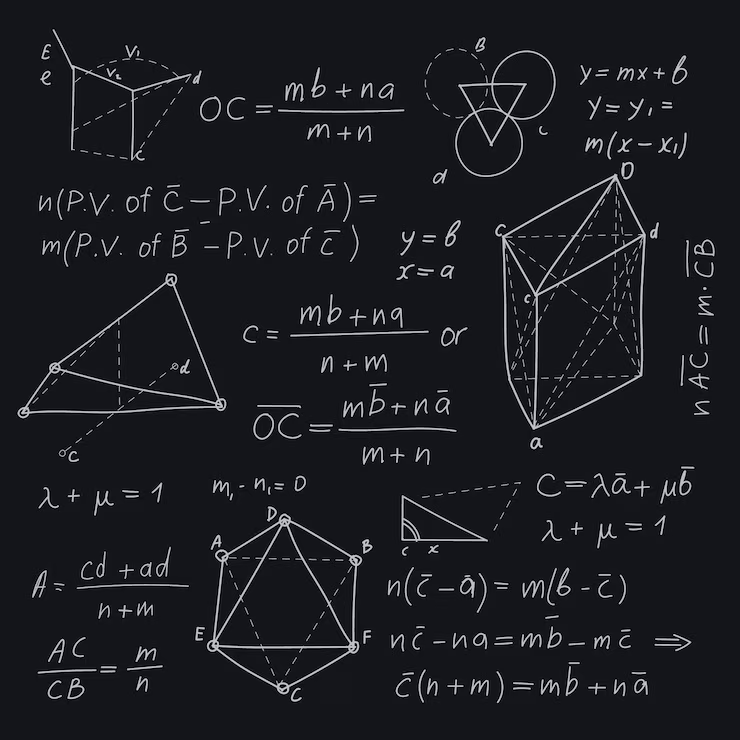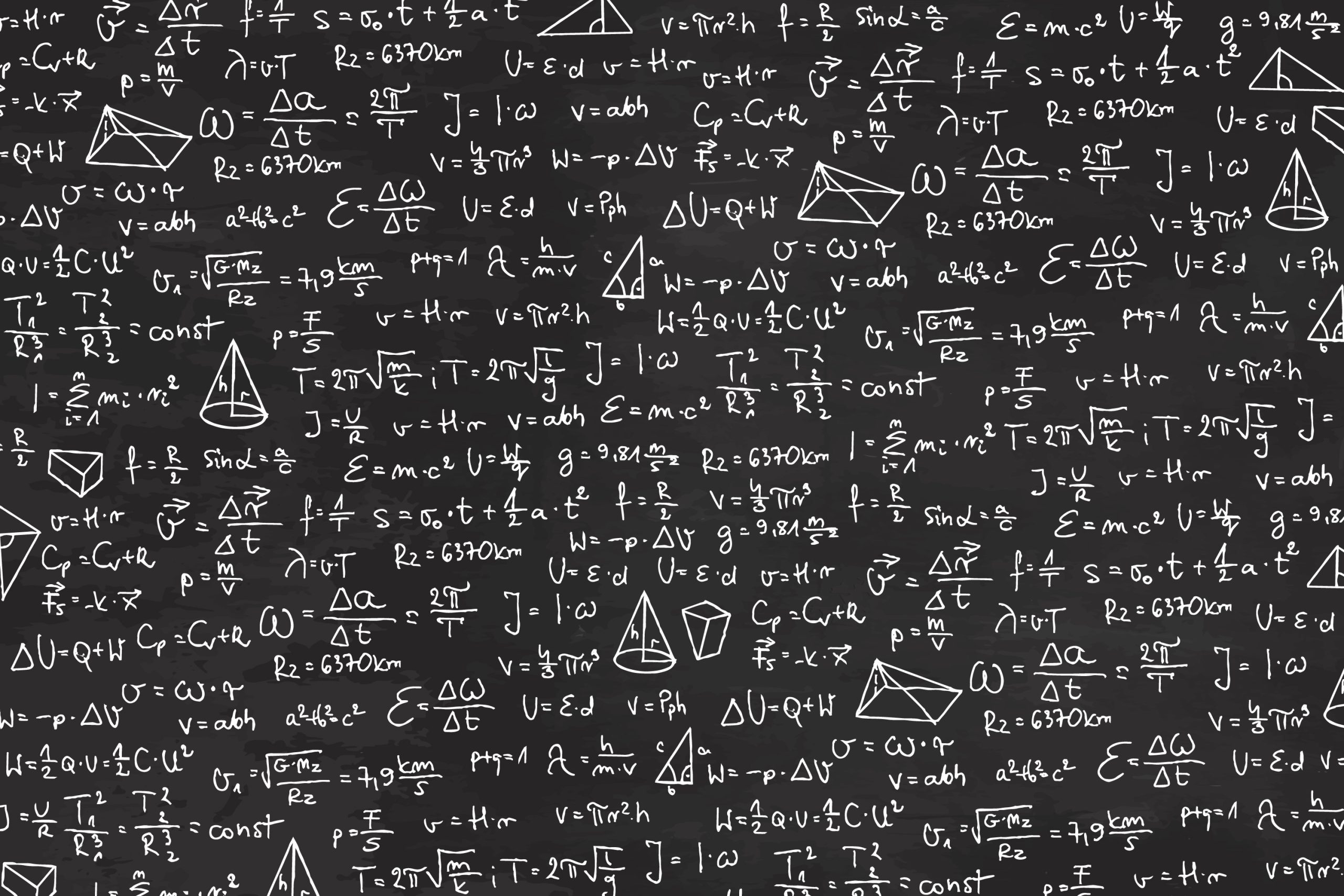
Linear Algebra: Foundations, Concepts, and Applications
Linear Algebra is a fundamental area of mathematics, focusing on vector spaces, linear equations, and matrix theory.
Its relevance spans multiple fields, including computer science, physics, engineering, data science, and economics.
This article explores the key concepts, applications, and importance of Linear Algebra, providing a deep dive into its principles and their real-world implications.
What is Linear Algebra?
Linear Algebra is the branch of mathematics concerned with vectors, vector spaces (or linear spaces), and linear mappings between these spaces. It studies systems of linear equations and their transformations through matrices, forming the bedrock of modern algebra.
At its core, Linear Algebra deals with objects like:
Vectors: Ordered lists of numbers that represent quantities with both direction and magnitude.
Matrices: Rectangular arrays of numbers that represent linear transformations.
Linear Algebra’s main objective is to provide tools for modeling and solving linear systems, which appear in countless scientific and engineering contexts.
Key Concepts in Linear Algebra
Vectors and Vector Spaces
A vector is a mathematical entity with both magnitude and direction. Vectors can exist in different dimensions: a 2D vector might represent a point in a plane, while a 3D vector could describe a point in space.
A vector space (or linear space) is a collection of vectors that can be added together and multiplied (scaled) by scalars while still remaining in the same space. This space must satisfy specific properties like closure, associativity, and distributivity.
Matrices and Matrix Operations
A matrix is a rectangular array of numbers organized in rows and columns. Matrices are used to represent linear transformations, such as rotations, scalings, and translations in geometric space. Key operations involving matrices include:
Addition and Subtraction: Element-wise addition or subtraction of matrices.
Matrix Multiplication: Involves multiplying rows by columns; this operation is non-commutative.
Transpose: Flipping a matrix over its diagonal.
Determinant: A scalar value that describes the scaling factor of the transformation a matrix represents.
Inverse: A matrix that, when multiplied by the original matrix, yields the identity matrix.
Linear Transformations
Linear transformations are functions that map one vector space to another while preserving the operations of vector addition and scalar multiplication. Mathematically, they are represented by matrices. For example, a 2×2 matrix can rotate, scale, or shear 2D vectors.
Eigenvalues and Eigenvectors
Eigenvalues and eigenvectors play a significant role in understanding matrix transformations. Given a square matrix 𝐴 and a vector 𝑣, if 𝐴 𝑣 = 𝜆 𝑣 Av=λv, where 𝜆 is a scalar, then 𝑣 is an eigenvector of 𝐴, and 𝜆 is the corresponding eigenvalue. These concepts are critical in stability analysis, vibrations, and more.
Systems of Linear Equations
Linear Algebra provides tools to solve systems of equations, often represented in matrix form as 𝐴 𝑥 = 𝑏 Ax = b, where:
𝐴 is the coefficient matrix.
𝑥 is the vector of unknowns.
𝑏 is the vector of constants.
Techniques like Gaussian elimination, LU decomposition, and matrix inversion help solve these systems.
Applications of Linear Algebra
Computer Graphics
In computer graphics, matrices are essential for transforming and manipulating images. Rotation, scaling, translation, and projection operations are all modeled using matrix transformations. The concept of homogeneous coordinates allows these transformations to be handled consistently.
Machine Learning and Data Science
Linear Algebra is the backbone of many machine learning algorithms, including those used in deep learning. Data is often represented as matrices, and operations like matrix multiplication are crucial for training neural networks. Principal Component Analysis (PCA), a dimensionality reduction technique, relies on eigenvectors and eigenvalues.
Economics and Optimization
Economists use Linear Algebra to model and solve optimization problems. For instance, input-output models of economies and linear programming problems for resource allocation are typical applications.
Quantum Mechanics
In quantum mechanics, state vectors and operators are fundamental concepts. The evolution of quantum states is described by unitary matrices, and observable properties correspond to eigenvalues of these operators.
Engineering and Control Systems
Linear Algebra is used extensively in engineering for systems modeling, analysis, and control. In control theory, state-space models represent dynamic systems with matrices, enabling engineers to design controllers and analyze system stability.
Theoretical Insights and Challenges
While Linear Algebra has widespread applications, it also poses interesting theoretical challenges. For example:
Understanding High-Dimensional Spaces: As dimensions increase, visualizing and intuitively understanding vector spaces becomes difficult.
Singular Value Decomposition (SVD): This factorization technique is crucial for understanding matrix structures, but it requires advanced mathematical knowledge.
Numerical Stability: In computational contexts, round-off errors can impact matrix operations, leading to inaccurate results.
Conclusion
Linear Algebra is a pillar of modern mathematics, with applications that permeate nearly every technical and scientific field.
Whether in computer graphics, machine learning, physics, or economics, its concepts and tools offer powerful ways to model and solve complex problems.
A solid understanding of vectors, matrices, and linear transformations is essential for anyone pursuing careers in STEM disciplines. As technology and science continue to evolve, Linear Algebra’s role as a critical tool for innovation remains undeniable.
This article provides a comprehensive look at Linear Algebra, emphasizing its principles and broad applicability. Whether you’re a student, researcher, or professional, mastering these concepts can significantly enhance your analytical capabilities in a variety of disciplines.


